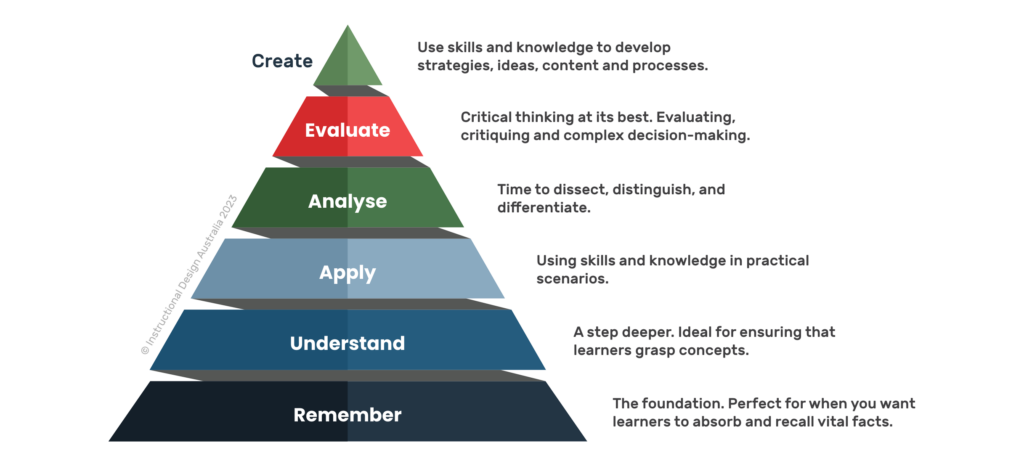Bloom’s Taxonomy: A Guide for Creating Effective Learning Outcomes
References:
Bloom, B. S., & Krathwohl, D. R. (2020). Taxonomy of educational objectives: The classification of educational goals. Book 1, Cognitive domain. longman.
Anderson, L. W., & Krathwohl, D. R. (2001). A taxonomy for learning, teaching, and assessing: A revision of Bloom’s taxonomy of educational objectives: complete edition. Addison Wesley Longman, Inc..









